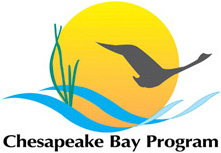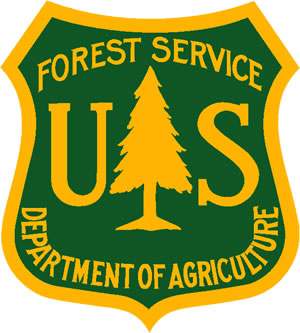Article by Julianne Nikirk, USDA Forest Service
The new guide for Chesapeake communities entitled Trees and Schools: Growing the Connection compiles information and resources to help educators and communities develop and implement tree canopy initiatives. The benefits for students’ success and health tied to trees and nature are multi-faceted, including enhanced academic performance, improved focus, and better supported mental and physical health. Trees on school grounds can also serve as tools for learning, community building, and environmental stewardship. As highlighted in the guide, the Children and Nature Network provides a variety of helpful infographics showcasing the many research-based benefits of nature for students:

These positive outcomes of school and community greening help form accessible first steps in partnerships to improve the environment, like the Chesapeake Bay Program. The Chesapeake Bay Watershed Agreement (2014) establishes goals and outcomes that aim to restore the Chesapeake Bay watershed and landscape. The crucial inclusion of youth is acknowledged through the Environmental Literacy Goal to: Enable students in the region to graduate with the knowledge and skills needed to act responsibly to protect and restore their local watersheds. Supporting this goal are three partnership outcomes focused on Environmental Literacy Planning, Students, and Sustainable Schools. One aim of the Trees & Schools Guide is to weave tree-related education and action projects more fully into broader environmental literacy and sustainable schools efforts.
Of the many resources compiled in the guide, three stand out as important hubs of useful educational content focused on trees:
 Project Learning Tree is a leader in conservation education, with large lists of curricula offered for all ages, especially K-12. They provide tools to engage students in environmental education and encourage the exploration of the natural world. Section 2 of the guide contains a complete listing and links to all the tree-related curriculum guides currently offered by Project Learning Tree, including the fantastic Teaching with i-Tree resource.
Project Learning Tree is a leader in conservation education, with large lists of curricula offered for all ages, especially K-12. They provide tools to engage students in environmental education and encourage the exploration of the natural world. Section 2 of the guide contains a complete listing and links to all the tree-related curriculum guides currently offered by Project Learning Tree, including the fantastic Teaching with i-Tree resource.
 Another fantastic resource is the Tree Campus K-12 Program and its online Learning Hub, recently launched by the Arbor Day Foundation. This resource is a compilation of links and information to connect educators, students, and families to tree-centric environmental curricula and activities. This resource also includes tools to engage in NASA-sponsored citizen science and community projects.
Another fantastic resource is the Tree Campus K-12 Program and its online Learning Hub, recently launched by the Arbor Day Foundation. This resource is a compilation of links and information to connect educators, students, and families to tree-centric environmental curricula and activities. This resource also includes tools to engage in NASA-sponsored citizen science and community projects.
 The third resource to spotlight is Bay Backpack, an online resource providing educators with information about funding opportunities, field studies, curriculum guides and lesson plans related to environmental education. The site contains many forest-related resources cover a wide range of topics from stewardship to scavenger hunts.
The third resource to spotlight is Bay Backpack, an online resource providing educators with information about funding opportunities, field studies, curriculum guides and lesson plans related to environmental education. The site contains many forest-related resources cover a wide range of topics from stewardship to scavenger hunts.
As a reflection of the win-win impact of engaging students in tree canopy initiatives, the guide itself was written by Maya Claggett, a college student intern with the USDA Forest Service, with input from partners at the Chesapeake Bay Program Forestry Workgroup. Inquiries or suggestions for future versions of this guide are welcome, and can be sent to info@chesapeaketrees.net. The hope is that the guide will be a springboard for developing greater collaboration between schools and the array of partners working to enhance tree canopy across the watershed.
Whether you are an educator looking for an Earth Day project or looking to implement year-round environmental curricula, there is something in this guide for you. To learn more about the guide or check out some of the fantastic resources, visit the Schools resource page.





